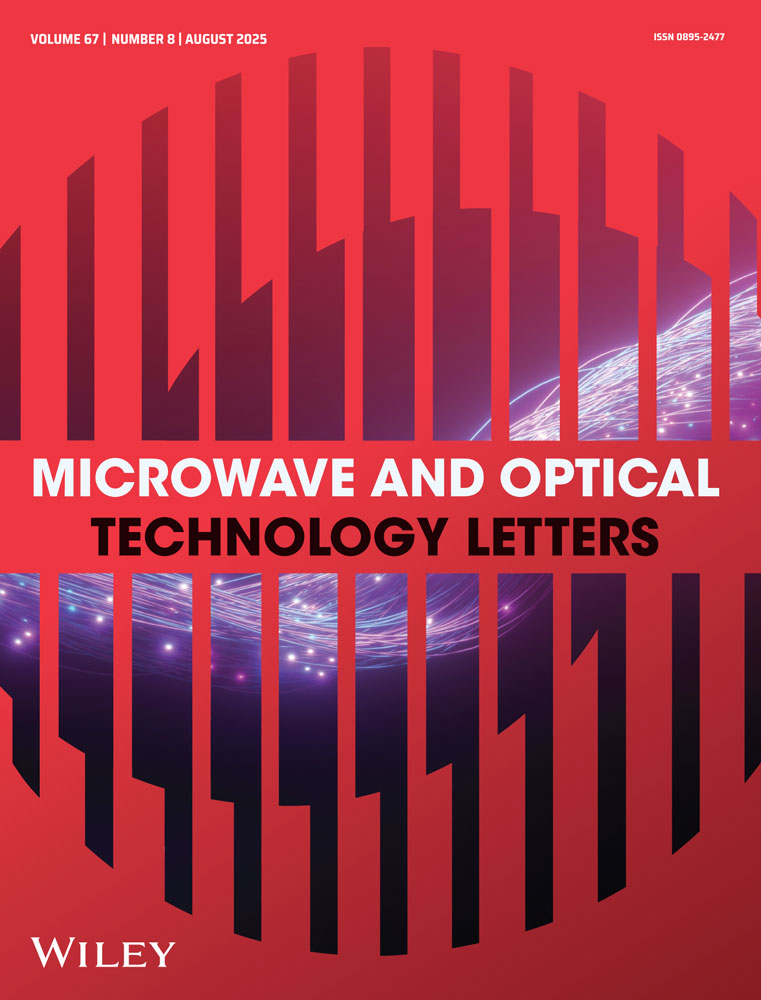Novel approach to optimizing a broadband right-angle coaxial-to-microstrip transition
Abstract
A new approach to the optimization of a broadband right-angle coaxial-to-microstrip transition is presented. The right-angle transition finds many applications where printed circuits need to be fed from behind the ground plane using coaxial connectors. To obtain low reflections over the whole operating frequency range of the transition, dimensional parameters, such as ground aperture and probe diameters, ground aperture offset, and microstrip stub length are optimized using a commercial electromagnetic simulation software. Results are presented for the optimum right-angle transition from an SMA connector to a 50-Ω microstrip line on common reinforced PTFE substrates. Measurements of a fabricated transition on a 31-mil thick substrate show that its reflection coefficient is less than −20 dB and the insertion loss is less than 0.5 dB over 0.05–20 GHz. © 2006 Wiley Periodicals, Inc. Microwave Opt Technol Lett 49: 451–456, 2007; Published online in Wiley InterScience (www.interscience.wiley.com). DOI 10.1002/mop.22151




